Talk Overview
Although plants cannot move, they have developed mechanisms to defend themselves and avoid predators. In his first talk, Dr. Ian Baldwin provides a historical perspective on the study of metabolites in plants and the benefits of combining different disciplines to study how metabolites are used by plants to solve ecological problems. Using this interdisciplinary approach, Baldwin and collaborators reveal the mechanism by which the native tobacco plant, Nicotiana attenuata, uses floral metabolites to attract and guide its favorite pollinator, a moth, Manduca sexta.
Nicotiana attenuata generates toxic levels of nicotine, which protects this plant from predation by most animals. In his second talk, Baldwin outlines the evolutionary responses that this plant has to fight a nicotine-tolerant herbivore, the moth’s caterpillar. The caterpillar is not only able to feed on this nicotine-rich plant, it also uses the nicotine it consumes to protect itself from predators. But the plant has evolved a few mechanisms to confront this problem. For example, Baldwin and colleagues found that when the plant “senses” the presence of a caterpillar, it turns on signaling pathways that decrease its nicotine content and activates a 6-layered suite of responses that includes attracting the caterpillar’s predators, tolerating the damage caused by caterpillars, and switching its sexual system to avoid future caterpillar attack.
In his third talk, Baldwin addresses two different mechanisms by which Nicotiana attenuata can rapidly adapt to the extreme desert environment and survive the long wait before the next post-fire germination opportunity. The first mechanism involves a rapid haploid selection that occurs during mating. The plant relies on pollinators to transfer pollen from plant to plant and it selects pollinators by producing different types of flowers. It even has the capacity to increase a pollinator’s outcrossing rate by producing flowers with different levels of nicotine, from moderate to toxic levels, pressing the pollinator to visit multiple flowers from different plants while nectaring. The second process involves the recruitment of beneficial microbes from the soil after germination.
Speaker Bio
Ian Baldwin

Dr. Ian Baldwin is a professor and director of the Max Planck Institute for Chemical Ecology where he studies the Nicotiana attenuata as a model organism to understand how plants solve ecological problems. Baldwin received his AB in Chemistry and Biology from Dartmouth College in 1981 and started his graduate studies at Cornell University where… Continue Reading
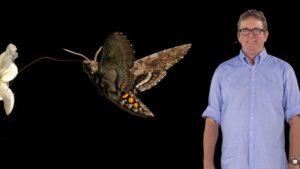
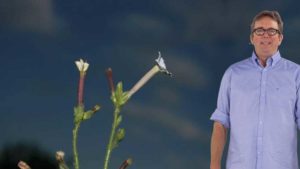
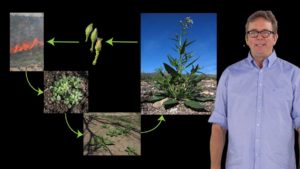
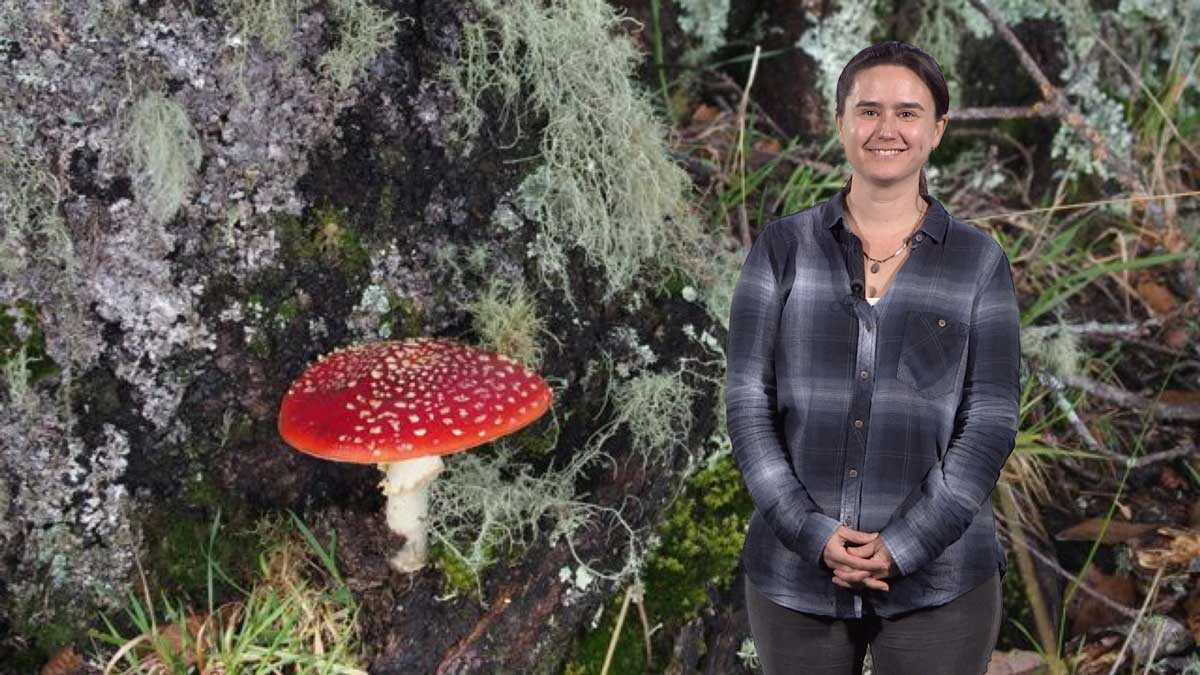
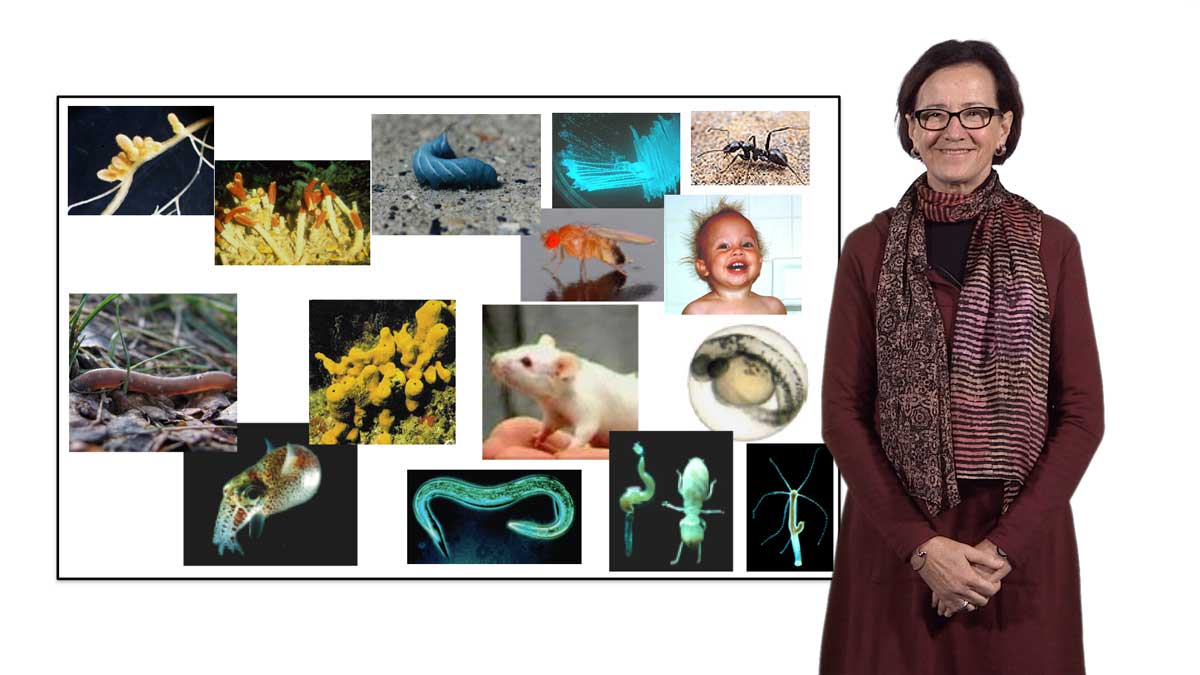
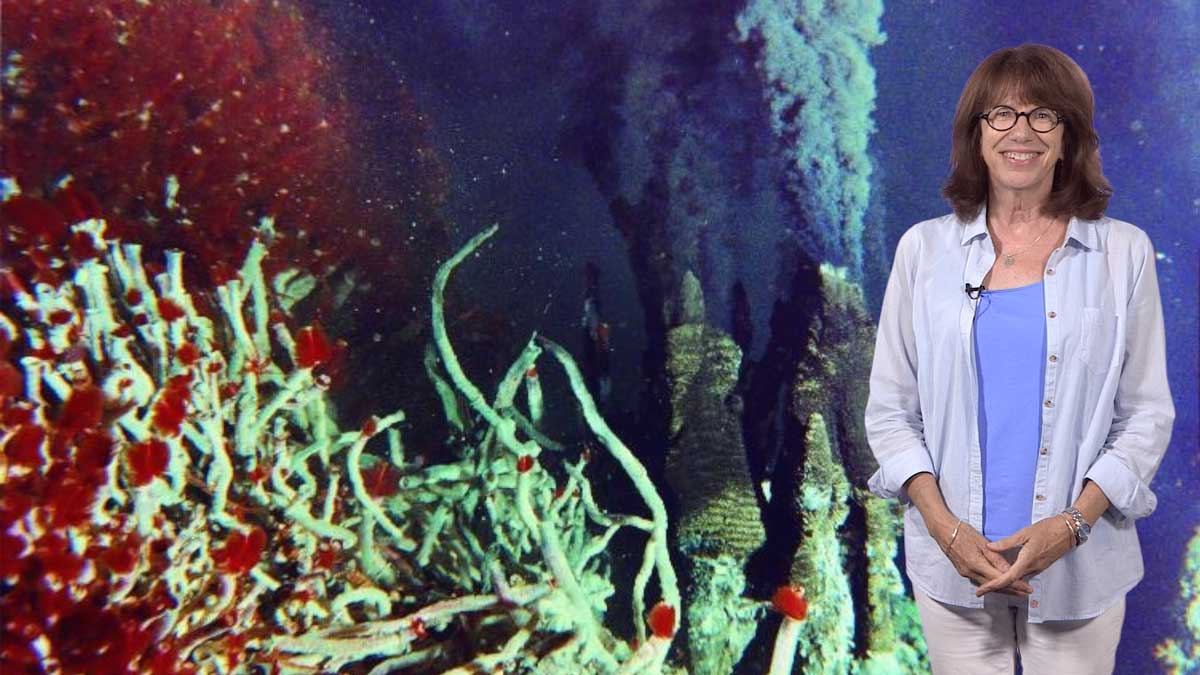
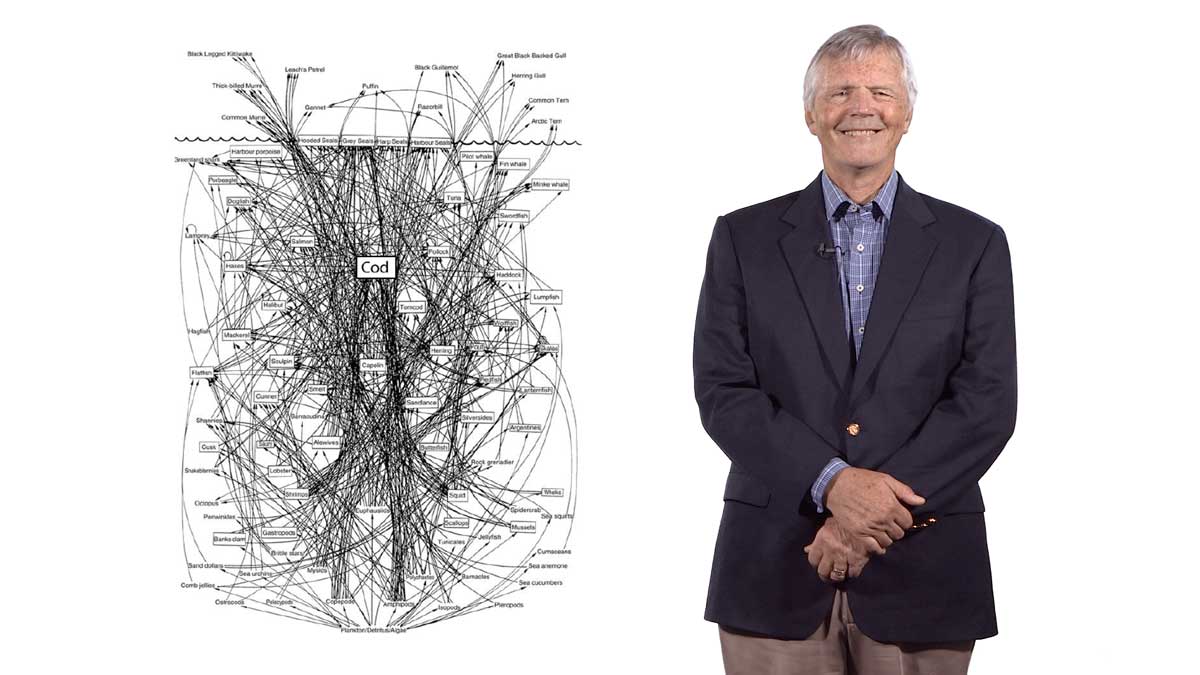





Leave a Reply